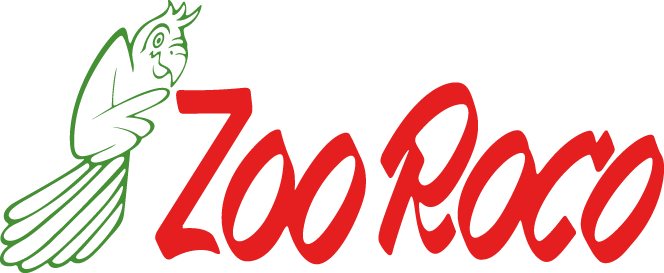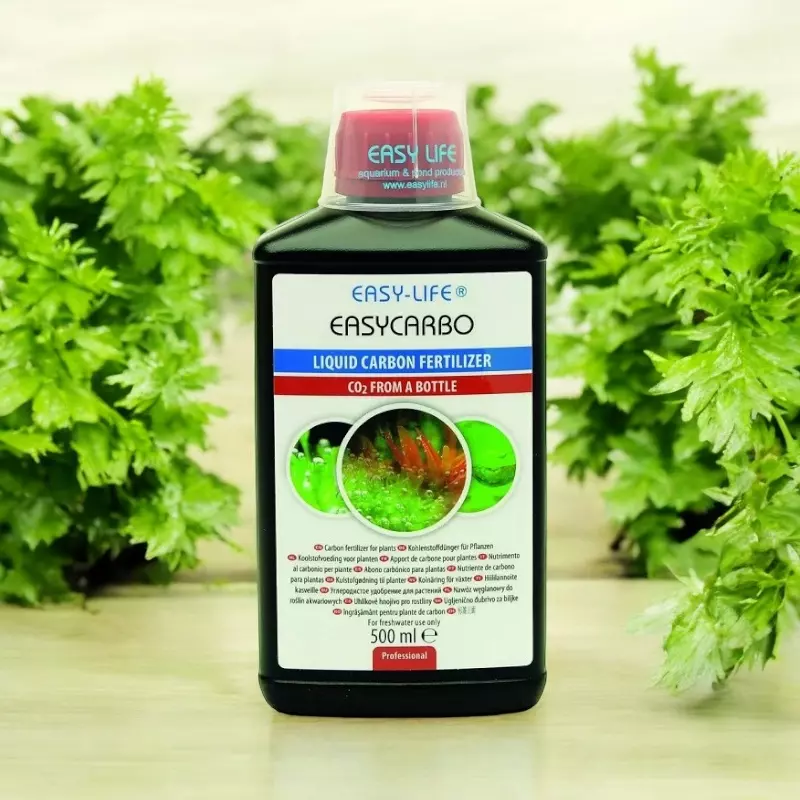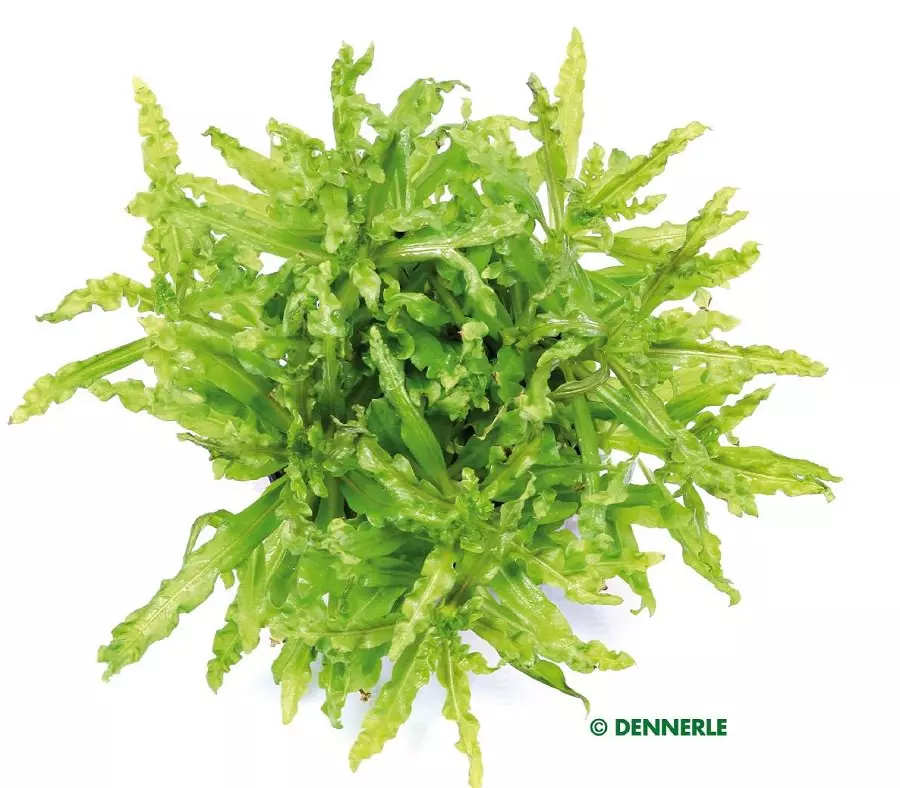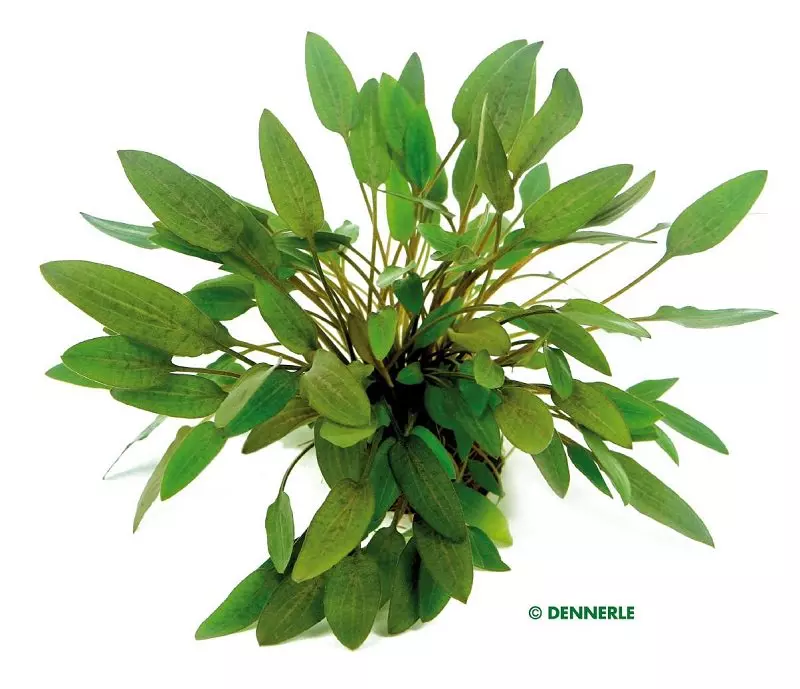

CHF 10.90
Stock: 0
Available in 1-3 days, acquisition time 14 days

Echinodorus grisebachii Tropica - Aquarienpflanze
| max. Wuchshöhe | 5 - 10 cm | Herkunftsland | Zuchtform |
|---|---|---|---|
| Eignung | NanoCube, Aquascaping, Barschaquarium Gesellschaftsaquarium |
Typ | Rosettenpflanze |
| Familie | Alismataceae | Gattung | Echinodorus |
| Vermehrung | Adventivpflanzen am Blütenstiel | Wuchsgeschwindigkeit | langsam |
| pH | 5 - 8 | Wasserhärte | 10 - 20 °dh |
| Hinweise | |||
Samolus - Schwertpflanze
Die Herkunft dieser kleinbleibenden Echinodorus ist unbekannt. Vermutlich ist sie durch Mutation in einem Pflanzenbestand einer Gärtnerei in Asien entstanden. Mit einer Wuchshöhe von nur 5-10 cm ist sie ideal für den Vordergrund geeignet. Der Lichtanspruch ist deutlich höher als bei der Stammform, auch eine gute Ernährung und CO2-Versorgung sind wichtige Vorrausetzungen für ein optimales Wachstum. In Nano Cubes wirkt die Pflanze in Einzelstellung sehr kontrastreich zu feingliedrigen Arten. In größeren Aquarien sollten mehrere Einzelpflanzen in einer Gruppe angeordnet werden.
| Aquarium: | Community aquarium, Landscape/Aquascaping, Nano Aquarium, Perch aquarium |
|---|---|
| Feature: | Rosette plants |
| Genus: | Echinodorus |
| Growth: | slowly |
| Origin: | Cultivated form |
| Properties: | Rosette plants |
| Stand: | In the foreground |
0 of 0 reviews
Login
Customers also bought
Similar products
Customers also viewed





















